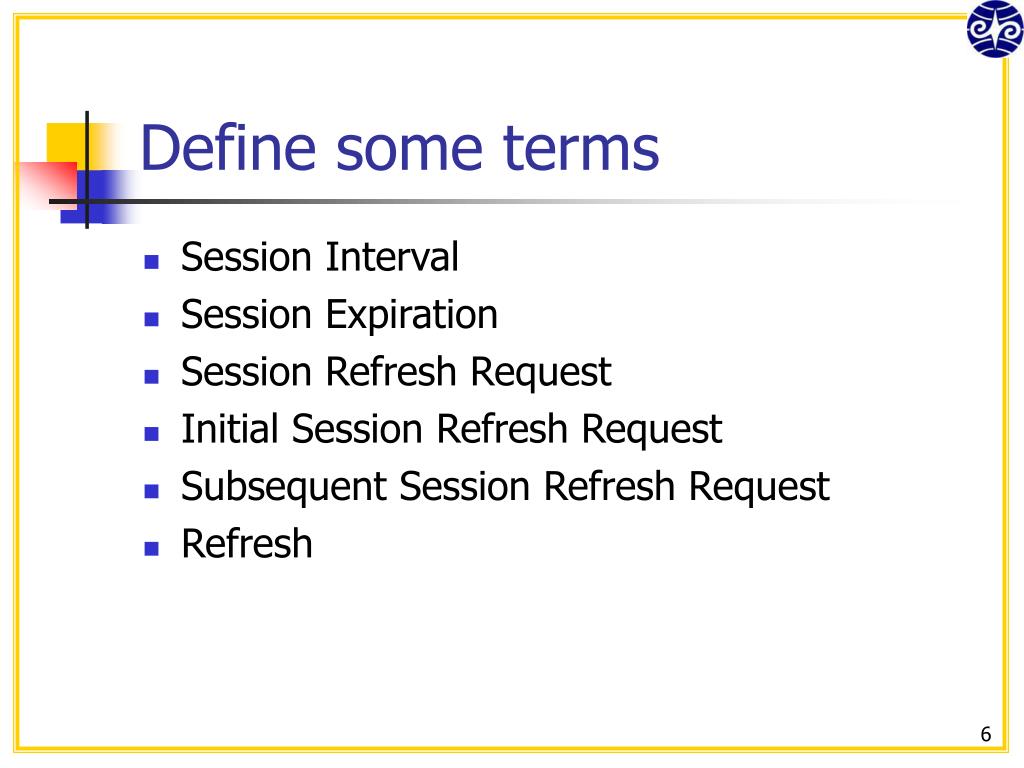
To help you plan and deliver lessons that resonate with a diverse classroom, we’ll explain what culturally responsive teaching is and how it is implemented. Emulating culturally-significant instruction styles, such as oral storytelling.Understanding student learning needs and styles.Integrating diverse work and study practices.To augment their understanding and responsiveness, this involves: Rooted in differentiated instruction principles, culturally-responsive pedagogy aims to link content - from delivery to assessment - with students’ ancestral and contemporary cultures. We have summarised the scientific evidence that support each of the guidelines.No single teaching approach will engage each student at once, but building a strategy to consistently deliver culturally-responsive teaching lessons will help you appeal to diverse learners with distinct backgrounds. the amount and quality of sleep children and young people get.the amount of time people spend sitting or lying down.the physical activity people do – including the amount, frequency, intensity and type of activity.We looked at how health is directly affected by: extensive consultation with stakeholders, state and territory governments, and national and international experts.a rigorous review of scientific evidence from around the world.

We developed Australia’s physical activity guidelines based on: Some will still need naps.īe active on most (preferably all) days, to weekly total of: 2.5 to 5 hours of moderate activity or 1.25 to 2.5 hours of vigorous activity or an equivalent combination of both.Īt least 30 minutes of moderate activity on most (preferably all) days.ĭo a range of activities that incorporate fitness, strength, balance and flexibility. Minimise and break up long periods of sitting.ġ0 to 13 hours. Several hours of light activities per day.ĭo not restrain for more than 1 hour at a time. Vigorous activities should be incorporated at least 3 days per week. Interactive floor-based play, and at least 30 minutes of tummy time for babies per day.Īt least 3 hours of energetic play per day.Īt least 3 hours per day, with 1 hour being energetic play.Īt least 1 hour of moderate to vigorous activity involving mainly aerobic activities per day. You can order the following printed resources by emailing or call1080. Find out what you can do to include activity in your day according to your ability. While there are no formal guidelines for people with disability and chronic conditions, being active is important for everyone.
Session definition in government how to#
Read about how much activity older Australians should do each day, and how to build activity into daily life.

For children and young people (5 to 17 years).Read about how much activity small children should do each day, limiting sitting and screen time, and making sure they get enough sleep. how children and young people can get good quality sleep.įor infants, toddler and preschoolers (birth to 5 years).how much sleep children and young people should get.how much sedentary screen time is recommended.

the importance of reducing and breaking up the time you spend sitting or lying down when not sleeping.

ideas to fit more physical activity into your daily lives.how much physical activity you should do each day.To help Australians understand how much activity they need, we have developed physical activity and sedentary behaviour guidelines for each age group and for pregnancy. But the amount of activity varies, depending on your age. This is true no matter how young or old you are. Staying active regularly is essential for good physical and mental health and wellbeing.


 0 kommentar(er)
0 kommentar(er)
